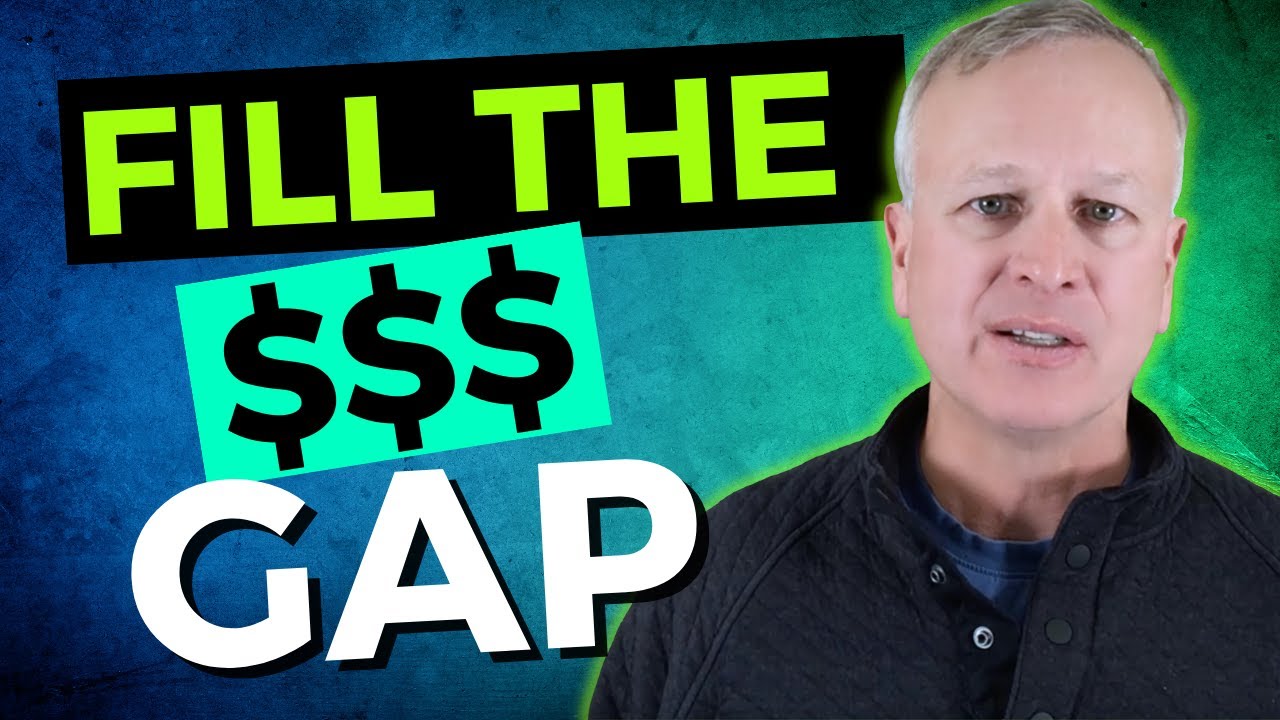5 Proven Ways to Get Gap Financing for Real Estate
Categories: Blog Posts
With lenders cutting back, here are 5 options for gap financing in real estate.
If you’re a real estate investor, you’re probably familiar with the concept of shrinkage in the loan business.
During economically turbulent times, lenders cut back the amount of money they’re willing to lend. This affects how much money you get for your project (aka, your LTVs).
If the typical bridge lender offers you 80-90% of the purchase, you’ll need something to help you cover the other 10-20%.
It’s up to savvy investors to find alternative sources of funding to fill that gap left by your loan. In this article, we’ll go through 5 ways to get gap financing that could work for you.
What Determines Your Gap Financing in Real Estate?
Firstly, there are a few ducks you’ll need in a row before diving into gap financing.
Most gap funding will determine whether to lend to you based on three things: credit, assets, and experience.
Both the amount of primary funding you’ll receive from your lender and the amount of gap funding you’ll be able to get will be dependent on credit. Also, you can get other lines of credit by putting up your assets as collateral. Finally, having experience or knowing what you’re doing may incline some gap funding lenders to give you a loan.
Now, let’s go through some particular ways to get gap financing in real estate.
1. HELOC
If you have good credit and real estate assets (owner-occupied or not), you should always have a line of credit called a HELOC available to you. HELOC stands for “home equity line of credit.”
These funds will typically be the safest, easiest, and cheaper you can get. All real estate investors who have property and good credit should have a HELOC.
This is going to be your safest, easiest, and cheapest source of funds because they’re always available to you.
2. Lines of Credit from Banks
But what if you have good credit but no real assets? In that case, you’ll need to look at other, unsecured options to fill the gap.
One option is to use an unsecured line of credit from a local bank or national company. These lines of credit typically have higher interest rates than a HELOC, but they’re still a good option if you have good credit.
3. 0% Credit Card
Another option is to use a 0% credit card. We’ve helped people use this method.
Used properly, credit cards can be great for a real estate investor. You only pay the activation fee, and maybe 2% over a year with the right card.
Warning: you have to treat credit like this with respect. Make sure you pay the balance back completely after your project.
4. Real OPM as Gap Financing in Real Estate
One way to fill that funding gap is by finding real OPM (other people’s money). This means connecting with individuals who want to make a better return on their money than their bank provides. Lending you the money for your real estate projects can get them that better return.
OPM can be used flexibly for a down payment, carry costs, or construction costs on any real estate project.
OPM is one of the cheapest, fastest funding options for real estate investors. It can be a good option if you don’t have great credit, or don’t have many existing assets. With OPM, you don’t need good credit or a property with equity – you can set your lender up with a lien on the property you’re buying.
5. Don’t Misuse Your Funds
One thing needs to be clear with gap funding: do not abuse it.
If you use a line of credit that was intended for a real estate investing project, then make sure it’s used for that purpose. It should also be entirely paid off after each transaction is completed.
Treat credit like a lender, and treat your investments like a business. Never use real estate lines of credit for personal use. It will kill your credit, your financial future, and your investing career.
How to Get Gap Financing in Real Estate
We’re happy to help with any questions you have about funding or gap financing on real estate projects.
We’ve helped with thousands of transactions worth millions of dollars using OPM. You can download our free OPM guide here.
Any other questions? Send us an email at Info@TheCashFlowCompany.com.



